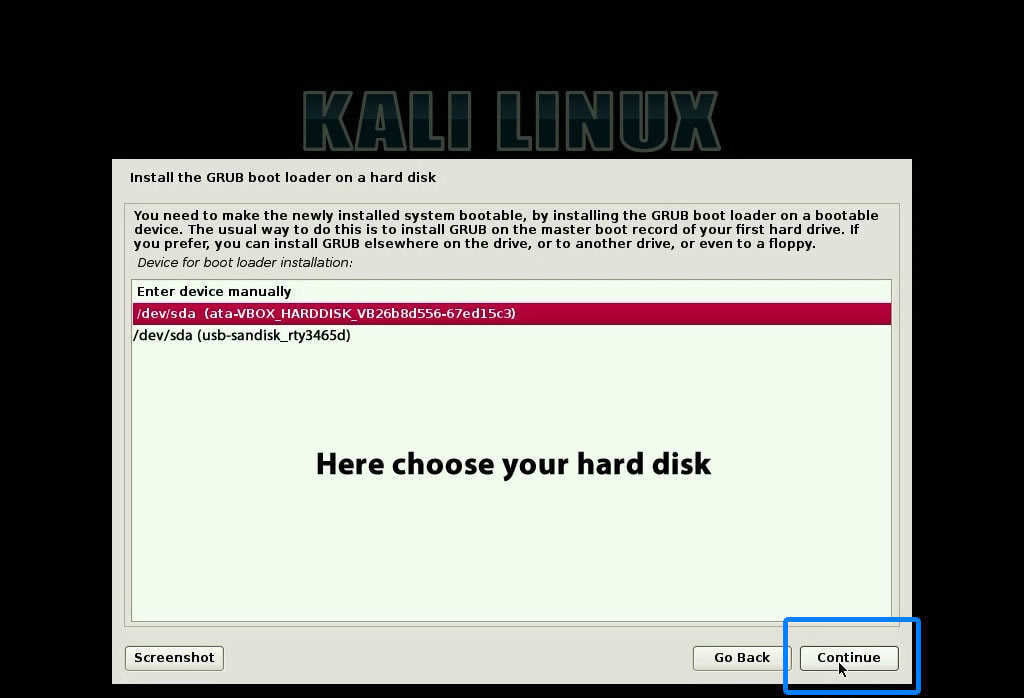
- GPARTED LIVE USB IVALID SIGNATURE DTECTED HOW TO
- GPARTED LIVE USB IVALID SIGNATURE DTECTED INSTALL
- GPARTED LIVE USB IVALID SIGNATURE DTECTED UPDATE
- GPARTED LIVE USB IVALID SIGNATURE DTECTED UPGRADE
- GPARTED LIVE USB IVALID SIGNATURE DTECTED FULL
After the drive debug on a 6TB WD Elements usb hard drive Took more than 12/hrs whew.the message said "everything seems to be ok" received No errors. My suggestion to all of you, when something like this happens be patient and just wait a little more to let macOS do its things. After a while the partition was mounted again automatically. I had the same problem but I didn't kill it, I just waited 10 minutes that the process finished doing its thing and it solved the problem. If you notice, the process that is using the disk is fsck_hfs. Wait, this means that macOS was already taking care about the problem, automatically running filesystem check on the partition. After that the drive mounted in Finder and Disk Utility and I was able to run "First Aid" using "Disk Utility" Once the offending process is killed, I got an OS prompt about an error mounting the drive (something along the lines of it being mounted in read only mode, don't remember the wording). ps -ax | grep disk2 (but your disk)ġ3699 ? 11:52.83 /System/Library/Filesystems/hfs.fs/Contents/Resources/./fsck_hfs -y /dev/disk2s2
GPARTED LIVE USB IVALID SIGNATURE DTECTED HOW TO
I was stuck with "Resource Busy" too, but a comment on the Source link (on craigsmith.id.au) describes how to find and kill the process locking the resource which worked for me. I'm getting an error saying- "Can't open /dev/rdisk2s2: Resource Busy". Then, going to erase and reformat this ExFAT drive as MacOS Extended (Journaled) then copy everything back! Wish me luck. Now, I'm using rsync to copy all files to a second hard drive. My external hard drive mounted normally, without incident, after over an hour of waiting. It's kind of weird that Apple wouldn't put up a progress bar or anything friendly like that. The good news was that, somehow, the system was already running the fsck_exfat program behind the scenes! Using ps revealed it. Using fsck_exfat from the command line resulted in the error message Resource busy.

The drive was perfectly visible, but nothing would mount it. Although the drive was fine, it wouldn't mount. Should have done it MacOS Extended (Journaled).Īlthough I unmounted it cleanly, it still came back dirty. Thus BACKUP the MOK-keys (MOK.der, MOK.pem, MOK.priv).I made the mistake of formatting a large external hard drive ExFAT.
GPARTED LIVE USB IVALID SIGNATURE DTECTED UPGRADE
To upgrade the custom kernel, you can sign the new version easily by following above stepsĪgain from step seven on. Now your system should run under a signed kernel and upgrading GRUB2 works again.

Sudo cp /boot/initrd.img-surface-linux-surface

Since option two and three are not really viable, these are the steps to sign the kernel yourself.
GPARTED LIVE USB IVALID SIGNATURE DTECTED UPDATE
Since the most recent GRUB2 update (2.02+dfsg1-5ubuntu1) in Ubuntu, GRUB2 does not load unsigned
GPARTED LIVE USB IVALID SIGNATURE DTECTED INSTALL
Please inform yourself on how to install it correctly, so you do not mess up your bootloader. The ubuntu package for shim is called shim-signed, but HashTool instead of MokUtil for LF Preloader) Should be similar steps to complete the signing (e.g. Instructions are for ubuntu, but should work similar for other distros, if they are using shimĪnd grub as bootloader.
GPARTED LIVE USB IVALID SIGNATURE DTECTED FULL
The instructions are reproduced in full as follows: Signing a custom kernel for Secure Boot Has more specific instructions on kernel signing (adapted from the same tutorial linked in the accepted answer).


 0 kommentar(er)
0 kommentar(er)
